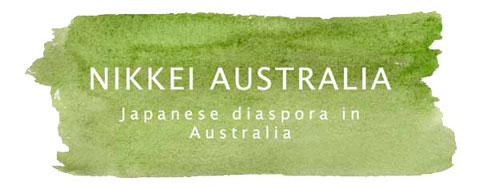4.2 Cowra Japanese Garden and Cultural Centre Story 2 featuring Bob Griffiths, Catherine Bennett, Don Kibbler
(Audio: 3 min 52 sec; 3.7MB)
Transcript:
[Bob Griffiths]
Ken Nakajima was the landscape architect who designed and was commissioned to build this garden. Ken came out and was blown away to be frank when he saw that hill with those lovely boulders. He had never seen rocks anything like that. When you stand at any point in the garden and look back to the hill, you’ll see there’s two magnificent rocks. The large pointy one, Shugoseki is a deity rock that Ken saw as the rock that holds the garden together. When he saw it, it was as if that rock, which had been there for thousands of years, was just waiting for someone to come and build a garden. The other rock, the big flat rock Yogoseki, is the guardian deity where the gods descended from their heaven.
[Catherine Bennett]
Mr Nakajima was the most amazing gardener. He had such skills. I think probably most of all his skills with placing rocks was quite amazing. And he always wore white gloves. Hello, I’m Catherine Bennett. I’m a potter and have worked for many years in pottery and art and craft teaching and making. He chose rocks from various locations around Cowra. All that laying of rocks was done dry, and then the big day was to turn the water on and see how it worked. And Mr Nakajima only had to move perhaps two or three rocks a few centimetres here and there and it was perfect. So he really did have tremendous experience with rock work and gardening. He said the eucalypts are like giant bonsai. They’re the most marvellously contorted shapes and that he was very keen to use both exotic species and the native species.
[Bob Griffiths]
He saw those gum trees as representing the spirits of the Australian soldiers, and the magnificent rocks as representing the spirits of the Japanese soldiers.
[Don Kibbler]
When the garden was finished Ken Nakajima said to me, come and sit down Don, and I will tell you the story behind this garden from the Japanese viewpoint. He said, this garden is designed after the first Japanese landscape garden in Japan that the first Tokugawa built. Because he’d captured the families of the daimyos, of the warlords, and to keep everybody happy, he’s asked all the daimyos to visit, and when they come they draw pictures of where they’ve come from. At that time, they didn’t have a geographical map of Japan. He built the garden based on the pictures of where they came from. And that is the first Japanese landscape garden. And he said, this garden is designed the same way.
He said, you already know that the Buddhists when they die, they go back to Japan, or go back to their hometown. All those Japanese buried in the cemetery, they’re not in their hometown. I said, no. ‘We Japanese believe because we’ve built the garden that way, that is the home of the spirits of the people that are buried out at the cemetery.’
Producer/Sound Design: Masako Fukui
Music Credits: Tranquility by Kevin MacLeod (freemusicarchive.org) CC by 3.0
Photo Credits: Photo 1: Landscape architect Ken Nakajima with workers from the Japanese Garden, circa 1979; Japanese Garden & Cultural Centre
Photo 2: Japanese Teahouse and Koi Pond at the Japanese Garden; Photo by Mayu Kanamori
Photo 3: Deity rocks Shugoseki (left) and Yogoseki (right); Cowra Japanese Garden & Cultural Centre

The Cowra Voices Audio Archive Project 2023
Cowra Council is the copyright holder of all the audio works in the Cowra Voices Audio Archive. If you would like to reuse or copy any of the materials in this Archive, please contact Cowra Council. Australian copyright law is set out in the Copyright Act 1968 (Commonwealth).
